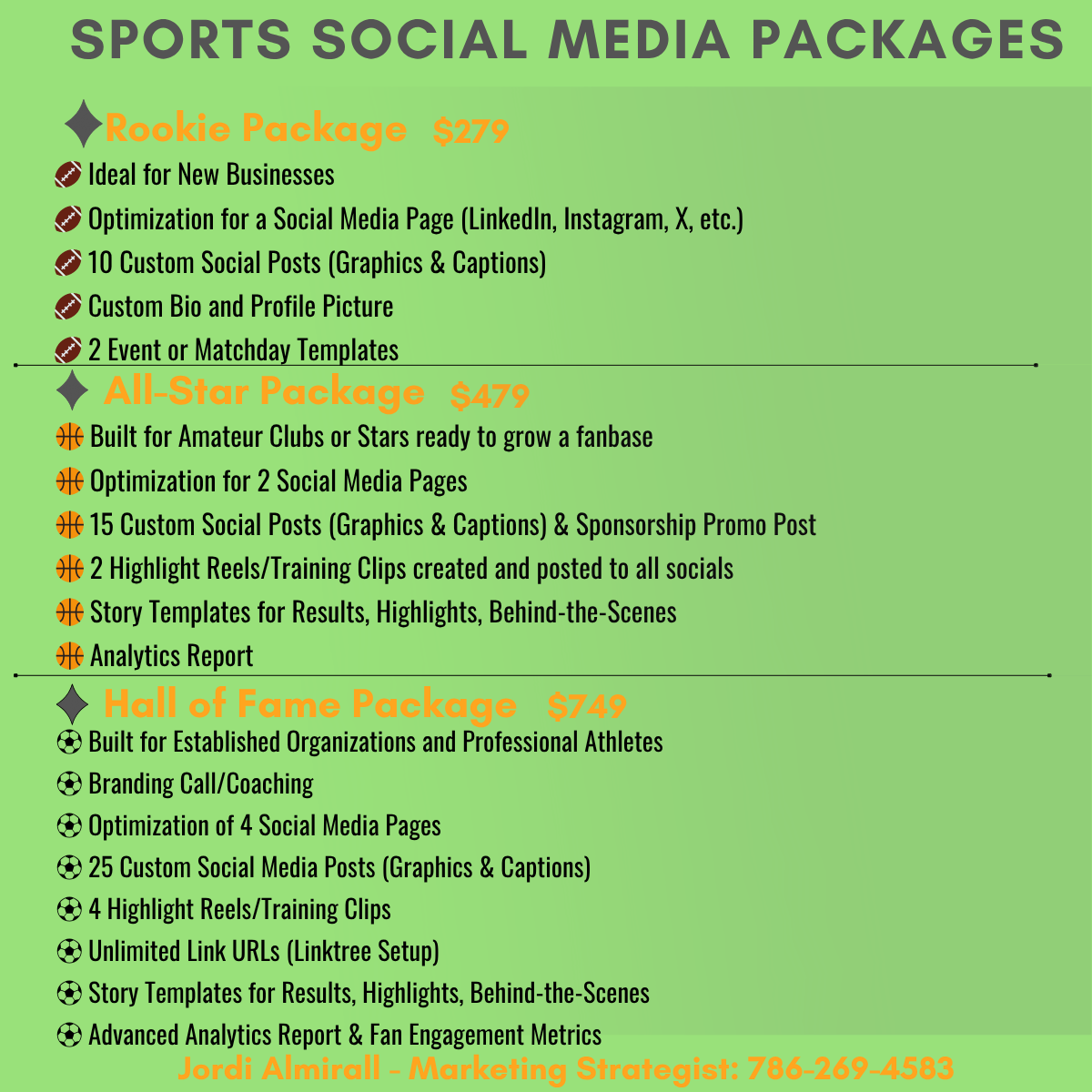Why Memorable Marketing Starts with Emotion and Storytelling

In a world oversaturated with content, it’s not enough to simply grab attention, you need to make your brand unforgettable.
At Content Culture, we believe that the key to memorable marketing lies in understanding how the human brain works, particularly how memory functions. And when it comes to memory, psychology offers one undeniable truth: emotions make memories stick.
The Psychology of Memory:
Why Emotion Matters From a psychological standpoint, memory isn’t a perfect recording device. Instead, it’s a system deeply influenced by feelings, context, and relevance. Emotional experiences trigger the amygdala, a part of the brain that plays a significant role in memory consolidation. In simple terms: when something makes you feel strongly, whether it’s joy, sadness, surprise, or even anger, your brain flags it as important and files it away for easier recall later. This is why you can vividly remember where you were during major life events, or why a particular song can bring you back to a specific moment in time. Emotion adds context, color, and meaning to memory.
Marketing Through Emotion: The Super Bowl Effect
Nowhere is emotional marketing more evident than in Super Bowl commercials. These ads are cultural phenomena not just because of their massive budgets, but because they lean hard into emotional storytelling. Whether it's humor, sentimentality, or sheer excitement, these ads aim to evoke a strong emotional response. And it works. These commercials often become viral, discussed in offices and online forums for days after they air, not because of the product itself, but because of how they made people feel.
Storytelling:
The Ultimate Memory Hack Storytelling is the vehicle that delivers emotion in marketing. Our brains are hardwired to respond to narratives. When we hear stories, multiple parts of our brain light up, not just the language centers, but also those associated with sensory experiences and emotions. This makes stories more engaging and more memorable than straightforward facts or statistics. Take the classic underdog story. We’ve seen it in everything from movies to political campaigns to brand narratives. A person or brand overcomes adversity, proving doubters wrong and achieving greatness. It’s compelling, it’s inspiring, and most importantly, it sticks with us.
When brands use storytelling to share real struggles, wins, and journeys, they humanize themselves. They go from being faceless companies to relatable characters in a larger narrative. This is why content that features founders sharing their startup story or customers sharing their transformation tends to perform so well. It’s emotional, and therefore, memorable.
Making It Practical: How to Craft Emotionally Memorable Content
So, how can you, as a marketer or business owner, harness the power of emotion and storytelling?
1. Start with the feeling.
Ask yourself: what emotion do you want your audience to feel? Inspired? Joyful? Curious? Whatever it is, make sure your content is tailored to evoke that and consistent with your brand voice.
2. Tell a story.
Don’t just state facts, create a narrative. Who’s the hero? What’s the challenge? What’s at stake? What’s the resolution? Story arcs can be applied to just about any piece of content.
3. Use relatable characters. Whether it’s a customer testimonial or a fictional persona, make sure your audience can see themselves in the story.
4. Add sensory details. The more vividly your content paints a picture, the more engaging it will be. Use visuals, descriptive language, and even sound to immerse your audience.
5. Be authentic. Audiences are savvy. They can spot insincerity a mile away. Emotional content must feel genuine to be effective.
Emotion Is Not Manipulation, It’s Connection
It’s important to note that emotional marketing isn’t about manipulation; it’s about connection. You’re not trying to trick people into remembering your brand, you’re giving them a reason to care. When you evoke genuine emotion and tell authentic stories, you build trust, loyalty, and resonance. And in a world where attention is fleeting, that kind of connection is invaluable.
At Content Culture, we help brands tap into this power by crafting content that doesn’t just inform, but moves. Because when content makes you feel something, you’re far more likely to remember it and to act on it.
Final Thoughts
Memory is emotional. Great marketing understands this and uses it not just to sell, but to connect. If you want your content and your company to be memorable, start with emotion. Use storytelling. Make people feel something. Because in the end, what we remember isn’t always the product or the pitch, it’s how it made us feel.
Written By: Grace Spalding, Marketing Strategist












